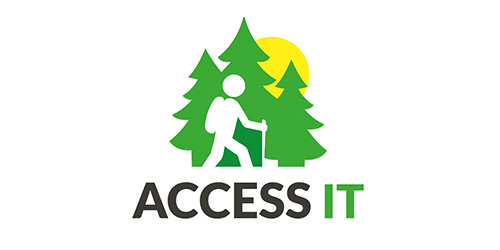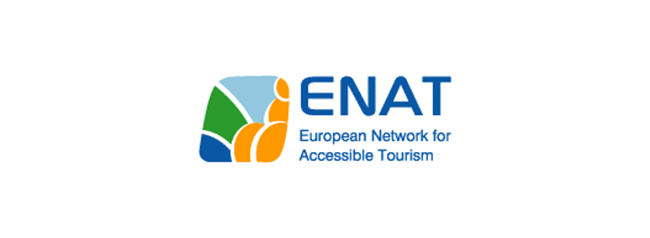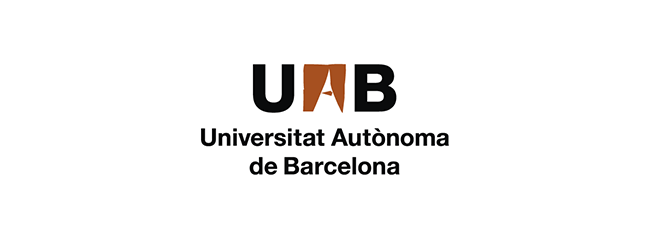
Accessible Tourism has been recently brought to the forefront of the agenda for sustainable tourism development, as numerous research reports took notice of the spike in demand for accessibility. This tendency is supported by the statistics related to the growing number of people with disabilities and growing aging population in Europe and among inbound travelers to European destinations. Existing research proves that people with disabilities and other access needs, including elderly people, pregnant women and families with children, tend to travel just as much as people without specific access requirements (ONCE Foundation, 2016). These people show a high demand for nature based leisure activities, however, even at well-equipped accessible tourist destinations, recreation opportunities and attractions are often inaccessible (Report on economic impact and travel patterns of AT in Europe, 2014). Managers of tourism SMEs tend to lack awareness of the access needs of their customers and have insufficient skills in developing and implementing innovative, sustainable solutions, which could help them increase their market share by seizing the opportunities offered by the growing market of accessible tourism. This is particularly true for natural and rural areas (NRAs), where professional development and training opportunities are limited (Mapping and performance check of the supply side of tourism education and training, EC, 2016).
Project Społeczna Akademia Nauk
Społeczna Akademia Nauk  Molise verso il 2000 scrl
Molise verso il 2000 scrl  European Federation of Rural Tourism
European Federation of Rural Tourism  European Center for Quality
European Center for Quality  European Network for Accessible Tourism
European Network for Accessible Tourism  Universitat Autònoma de Barcelona
Universitat Autònoma de Barcelona 